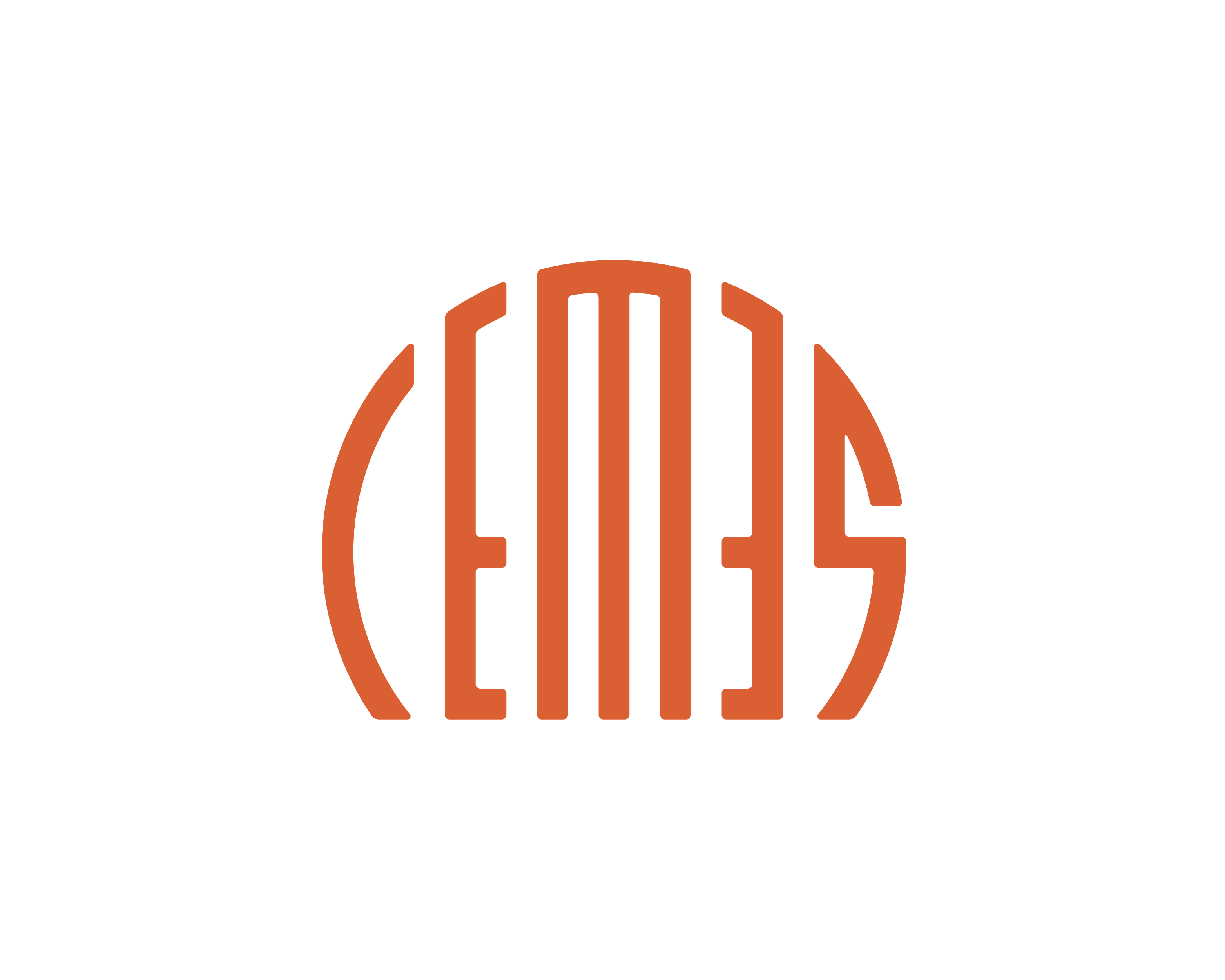Ab initio study of the Dzyaloshinskii-Moriya interaction and magnetic skyrmions in 2D materials
NANOSCIENCE

Lab: CEMES
Duration: NanoX master Internship (8 months part-time in-lab immersion)
Latest starting date: 01/02/2024
Localisation: CEMES, CNRS, and Université de Toulouse, 29 rue Jeanne Marvig, 31055 Toulouse Cedex, France
Supervisors:
Dongzhe Li, Dr dongzhe.li@cemes.fr
This research master's degree project could be followed by a PhD
Work package:
Magnetic skyrmions – topologically protected chiral spin structures with particle-like properties – have attracted tremendous attention due to their potential application in next-generation spintronics devices such as racetrack memories, logic gates, and qubits for quantum computing. The recent discovery of 2D magnetic materials opened new opportunities for topological spin structures in atomically thin van der Waals (vdW) materials [1]. Stabilizing skyrmions in 2D magnets have several potential advantages. These include avoiding pinning by defects due to high-quality vdW interfaces, the possibility of forming skyrmions with a minimum thickness (i.e., a single layer limit), and easy control of magnetism via external stimuli [2,3]. The study of magnetic skyrmions in 2D magnets is still in its infancy stage. This leaves a timely and vast playground for investigating new mechanisms for skyrmion generation, detection, and manipulation in the emerging area of vdW 2D magnets.
The purpose of this Master’s project is to explore the generation and manipulation of magnetic skyrmions in 2D magnets FenGeTe2 (n = 3, 4, 5) and their heterostructures. We will employ a multiscale approach that combines noncollinear density functional theory (DFT) and atomistic spin dynamics simulations. Different spin-spin interaction parameters, such as the Heisenberg exchange, the Dzyaloshinskii-Moriya interaction, the magnetocrystalline anisotropy energy, and the higher-order exchange interactions (HOI), will be explicitly calculated by DFT. In particular, we will provide a deeper understanding of the interplay between DMI and HOI for skyrmion stability in these systems. Finally, we will investigate how external stimuli such as electric or magnetic fields tune topological spin textures.
This internship requires a taste for modeling. The numerical calculations will be performed using local and national HPC facilities. The results obtained will be analyzed with the possibility of publication in international scientific journals.

References:
[1] B. Ding et al., Nano Lett. 20, 868 (2020); Y. Wu et al., Nat. Commun. 11, 3860 (2020); T. E. Park et al., PRB 103, 104410 (2021); Y. Wu et al., Adv. Mater. 34, 2110583 (2022)
[2] Dongzhe Li*, S. Haldar, and S. Heinze, “Strain-Driven Zero-Field Near-10 nm Skyrmions in Two-Dimensional van der Waals Heterostructures”, Nano Letters 22, 7706-7713 (2022).
[3] Dongzhe Li*, S. Haldar, and S. Heinze, “Tuning the magnetic interactions in van der Waals Fe3GeTe2 heterostructures: A comparative study of ab initio methods”, Phys. Rev. B 107, 104428 (2023).
Areas of expertise:
Spintronics, Magnetic skyrmions, Dzyaloshinskii-Moriya interaction, van der Waals heterostructures, DFT, Atomistic spin model
Required skills for the internship:
- Master in physics (e.g., Fundamental physics, condensed matter physics), nanosciences, materials science, or any other equivalent majors.
- Good background in quantum mechanics, solid-state physics, and condensed matter theory.
- Programming skills (Fortran, Python, or Bash) are not mandatory but will be considered an advantage.
